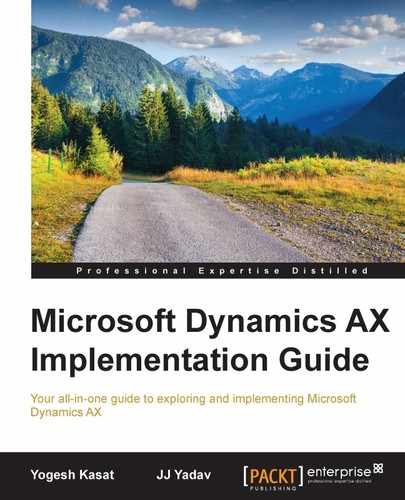A picture is worth a thousand words. Similarly, a good CRP is an effective way of communicating the solution in a language that business SMEs will understand. It will help confirm your understanding of the requirements and get an early feedback on the proposed solution.
Use Conference Room Pilots (CRP) to model business scenarios, get early feedback on the solution, and progressively refine the scenarios through a series of CRP workshops to gain the business SME's acceptance, as shown in the following diagram:

Followings are the key considerations for successful CRP:
- Focus on modeling business scenarios rather than individual requirement fit-gap.
- Dynamics AX is a very configurable solution. You may have multiple options to choose from in the solution. Present those options to the business and help them pick the right solution.
- Identify missing requirements through solution review and solution gaps.
- Schedule multiple CRP iterations as you progress through the solution process. This will help to get an early feedback from the business and address training earlier and make your UAT much smoother (as the business will see the solution multiple times before UAT).
- CRP workshops bring business, IT, and delivery teams in sync with the solution.
- It helps you to keep the business engaged in the project; business involvement is the key for success of a project.
- Ensure that you communicate your goals for every round of CRP. The SMEs may watch half-baked solutions in some cases; you should make sure that expectations are set upfront.
- Make sure that you have all the process owners (decision makers) in the CRP. You don't want to delay the design acceptance by hearing something like, "This looks ok to me, but I can't really sign on it without Mary in accounting saying that this gives her the information that she needs". Make sure Mary is there too!
- Conversely, you don't want so many people in the CRP that you get easily taken off-track by too many opinions. Carefully evaluate who the process owners are and limit participation to those SMEs.
Consider following points during the CRP execution:
- Scenario: Engage with business SMEs to identify critical business scenarios, cover all key processes, and put them into logical groups and sequence.
- CRP planning: CRP is one of the most important milestones (your first key deliverable for the business team and their first exposure to Dynamics AX too). You need to make sure there is enough time for environment setup, data imports, and cross functional reviews within the team before you review with the SMEs.
- Define a clear agenda: Mention the topics and scenarios that need to be presented. Organize topics in a logical sequence, so that you can present a complete story.
- Data migration for the CRP and any other DEV efforts that are required for the CRP will be on a critical path. Deploy resources and have them started early. It is critical to use customer data, rather than using a demo data for the CRP.
- Basic customizations for showing UI for critical changes: This will allow the SMEs to visualize the changes that you have proposed and toget their feedback.
- Prepare documentation: This contains the CRP presentations along with the relevant screenshots or videos using an application like, Task Recorder. This is helpful for the business team to refer to it later or to review with their teams.
- Have business analysts review the CRPs with the respective business owners offline to get their buy-in (they will help you drive the CRP demos and make CRP much smoother).
..................Content has been hidden....................
You can't read the all page of ebook, please click here login for view all page.
